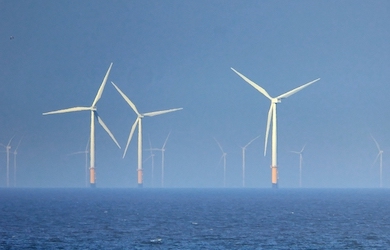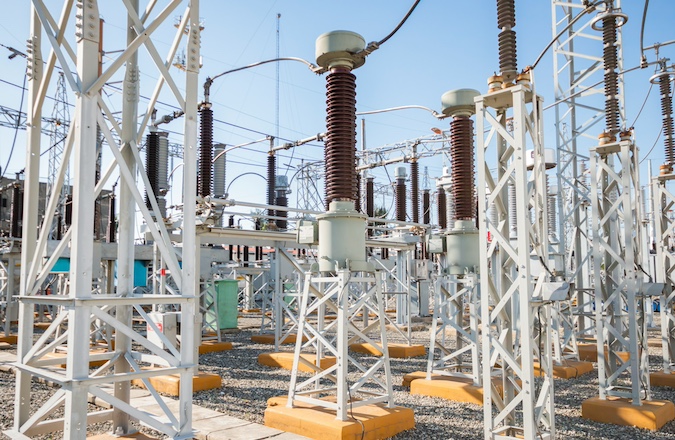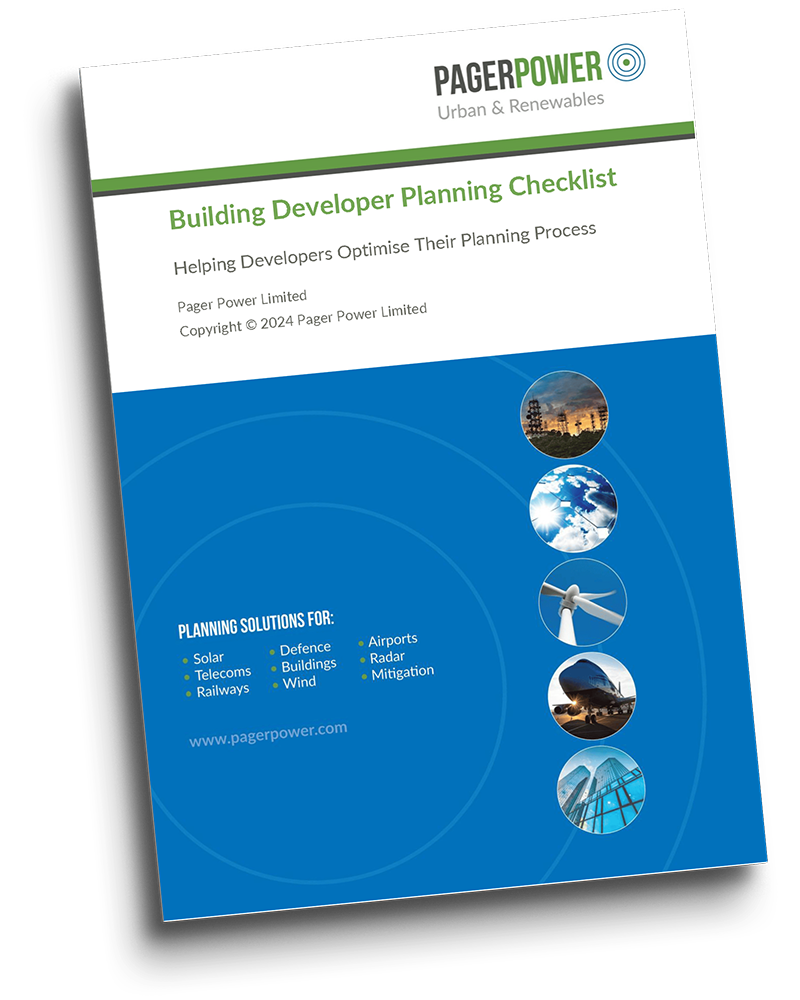BP and BAE Clash on Radar Mitigation

There are many kinds of radar, for all sorts of purposes. Speaking very generally, radar used for aviation are built to detect planes, which are large objects that move very fast and reflect radio waves reasonably well. Wind turbine blades are also large objects that move very fast and reflect radio waves reasonably well. As such, wind turbines that are visible to radar installations can cause interference.
To make matters worse, radar are often located as high as possible in an unobstructed location for optimal coverage, while turbines are often located as high as as possible in unobstructed locations to get the best wind speeds possible. Therefore, wind developments and radar installations are somewhat destined to conflict with one another.
The UK Landscape
The United Kingdom has extremely high wind speeds, making it a good candidate for wind energy. It is also a relatively crowded place, with many aerodromes, both military and civil, as well as other radar installations for en-route aircraft and monitoring the weather. Wind developers in the UK are, therefore, more familiar than most with radar constraints in the context of developing wind energy sites.
Mitigation
There are many approaches to radar mitigation for wind developers in the UK. These include, but are not limited to:
- Changes to the site design/layout;
- Provision of additional or upgraded radar equipment/software; and
- Operational mitigation – whereby impacts are accommodated, often subject to promulgation within the relevant publications.
There are myriad other considerations here, including lighting, cumulative effects, operational sensitivity of the area and so on.
The BP Case
BP and EnBW are developing two large offshore arrays in the Irish Sea, known as Mona and Morgan. BAE Sytems has raised concerns over potential impacts on its radar system at Warton. This, in itself, is not unusual.
However, the contentious element in this case centres on what happens if the mitigation solution does not work as planned. The developer’s perspective is that the somewhat standard approach of a clause that says turbines cannot operate until the energy secretary confirms that appropriate mitigation will be put in place. However, BAE Systems wants to go further than this, and have a further clause that says if the mitigation fails, the wind farm must cease to operate immediately. This is not something the developers are keen to accept.
Figure 1: Offshore Wind Farm in the Irish Sea. [2]
Bearing the Risk
Mitigation technologies are, in general, quite mature at this stage. However, concerns that a mitigation solution may not play out as hoped are not absurd per se. The most high-profile example in the UK may be the upgraded air defence radar on the east coast, which were supposed to be more windfarm-tolerant. However, the wind farm mitigation did not perform to the standard expected by the MOD, which led to a suspension of the mitigation solutions offered to new developers back in 2018.
However, the developer argues that requiring a shutdown scheme such as the one BAE Systems is requesting:
- Goes against Civil Aviation Authority policy;
- Goes against government policy (including the Celan Power 2030 Action plan); and
- Would undermine grid stability due to the amount of generation that could be switched off at once.
BAE Sytems appears to be taking the view that the developer is to remain responsible for mitigating effects under any circumstances, including potential failure at a later date of a solution that could be agreed now. On the one hand, this perspective is not difficult to understand, and could be seen as a stakeholder who was there first simply wanting assurance that they won’t be impacted by a new development. However, apart from the counter-arguments made by the developer as set out above, we should also look at the whole picture here.
Developing sustainable energy sources is strategically important, as well as environmentally important. Buidling large-scale energy infrastructure, of any kind, requires investment and commitment if it is to become a reality. Adding further scenarios in which a development could be undone, however unlikely this may be, adds yet another barrier to development, which many would argue is difficult enough. In addition, there is the logistical side to consider. Who decides what qualifies as a ‘mitigation fail’? How long can the turbines be left powered down? What needs to happen to demonstrate that they can restart? These are all questions that matter, perhaps the most important question in this case is why the usual approach, which is to say the clause requiring sign-off from the energy secretary, is insufficient here when it has been sufficient in commensurate cases.
Importance for other Developments
If the clause requested by BAE Systems were to be incorporated, it would set a new precedent that could have implications for future developments of this kind. If this conflict jeapordises or delays the projects significantly, that in itself may make other developers and investors more skittish about future projects as well.
It remains to be seen how this disagreement will be resolved.
Pager Power
Pager Power has been providing support to wind developers and stakeholders regarding radar impacts for over 20 years. We have developed our own proprietary software for modelling impacts, and can assist with regard to mitigation strategies as well. If you have a project facing such challenges, please do get in touch.








